4,050 cc OHV Inline 8-Cylinder Engine 118 bhp at 3,800rpm 4-Speed Manual transmission Solid front axle and semi-elliptical leaf-springs, live rear axle, and semi-elliptical leaf-springs 4-Wheel Hydraulically-Actuated Drum Brakes. *One of two known survivors *Original Delage factory chassis with S-type specification *Modified to the rare "100" specification *Exquisite coachwork with stunningly beautiful proportions *Fresh from restoration and yet to be shown in U.S. THE 8-CYLINDER DELAGE In the early 1930s, the eight-cylinder Delage D8 was the only French car which could be mentioned in the same breath as the six-cylinder 32CV Hispano-Suiza in terms of elegance and engineering excellence. Founded in 1905 by Louis Delâge, the company had commenced production with a single-cylinder De Dion-engined runabout, and within a few years was offering multi-cylinder designs. Delage began racing right from the start. A single-cylinder model won the Coupe Des Voiturettes as early as 1908, and Louis himself took the 1911 Coupe de l'Auto in a 3 liter four-cylinder. Victories at the Grand Prix du Mans and the Indianapolis 500-Mile Race were achieved prior to WWI, and the company went on to become a major force in Grand Prix racing in the 1920s, setting a new World Land Speed Record in 1924 with a 10.7 liter V-12. Four-cylinder DI and six-cylinder DM models formed the mainstay of touring car production in the 1920s. By then, the Delage factory in Courbevoie was the most modern in the French industry, equipped with the finest tools that money could buy. In 1929, Delage launched its crowning engineering achievement, the D8 model designed by Maurice Gaultier. This new chassis was the sensation of the Paris Salon with its smooth and silent 4.1 liter overhead-valve straight-eight engine and a strong X-braced structure with servo-assisted braking. The impressive list of D8 owners was promoted by the factory as "experienced and justifiably demanding clients, men of industry and of the world, businessmen and elegant women" and included King Gustav V of Sweden, King Alexander of Yugoslavia, and Emperor Haile Selassie of Ethiopia, as well as leading businessmen and politicians. The most glamorous film and cabaret stars of the day such as Betty Spell and Josephine Baker often added sex appeal whenever a D8 was shown at the major concours d'élegance where prizes were often won. The standard D8 engine developed 102 bhp using a single carburetor, but for the sporting enthusiast, the 118 bhp D8 S model was available, adding both power and torque to the mix. In England, a special "Super-Sports 100" dealer-fitted option was available, consisting of four SU carburetors – so named because the retrofit put the Delage D8 S chassis into the exclusive club of automobiles capable of achieving 100 mph. Chassis 38186 is fitted with this rare option. THE MOTORCAR OFFERED The 130 inch wheelbase D8 chassis was destined to attract the creative attentions of Europe's finest coachbuilders. As William Stobbs has written in his book Les Grandes Routières, "This thoroughbred of engineering was given outstanding coachwork by Chapron, Figoni, Letourneur et Marchand, Saoutchik, Labourdette, Vanden Plas, Freestone & Webb, Barker, Pourtout, Fernandez & Darrin...." Yet while the great coachbuilders did their very best to out-perform one another, the factory coachwork was no less attractive. In 1932, Delage commissioned the famous carrossier Letourneur et Marchand to develop a small series of new and exciting bodies that could be offered to clients as catalogue customs, thereby ensuring quicker delivery. In short order, Letourneur came up with a torpedo roadster as well as two versions of a rakish coupé-like design that in typical French fashion was termed a conduite intérieure, what the English would call an owner-driver. One of these styles had enveloping front and rear fenders, a sloping rear deck and a step plate, while the other more classical conduite intérieure design featured f
4,050 cc OHV Inline 8-Cylinder Engine 118 bhp at 3,800rpm 4-Speed Manual transmission Solid front axle and semi-elliptical leaf-springs, live rear axle, and semi-elliptical leaf-springs 4-Wheel Hydraulically-Actuated Drum Brakes. *One of two known survivors *Original Delage factory chassis with S-type specification *Modified to the rare "100" specification *Exquisite coachwork with stunningly beautiful proportions *Fresh from restoration and yet to be shown in U.S. THE 8-CYLINDER DELAGE In the early 1930s, the eight-cylinder Delage D8 was the only French car which could be mentioned in the same breath as the six-cylinder 32CV Hispano-Suiza in terms of elegance and engineering excellence. Founded in 1905 by Louis Delâge, the company had commenced production with a single-cylinder De Dion-engined runabout, and within a few years was offering multi-cylinder designs. Delage began racing right from the start. A single-cylinder model won the Coupe Des Voiturettes as early as 1908, and Louis himself took the 1911 Coupe de l'Auto in a 3 liter four-cylinder. Victories at the Grand Prix du Mans and the Indianapolis 500-Mile Race were achieved prior to WWI, and the company went on to become a major force in Grand Prix racing in the 1920s, setting a new World Land Speed Record in 1924 with a 10.7 liter V-12. Four-cylinder DI and six-cylinder DM models formed the mainstay of touring car production in the 1920s. By then, the Delage factory in Courbevoie was the most modern in the French industry, equipped with the finest tools that money could buy. In 1929, Delage launched its crowning engineering achievement, the D8 model designed by Maurice Gaultier. This new chassis was the sensation of the Paris Salon with its smooth and silent 4.1 liter overhead-valve straight-eight engine and a strong X-braced structure with servo-assisted braking. The impressive list of D8 owners was promoted by the factory as "experienced and justifiably demanding clients, men of industry and of the world, businessmen and elegant women" and included King Gustav V of Sweden, King Alexander of Yugoslavia, and Emperor Haile Selassie of Ethiopia, as well as leading businessmen and politicians. The most glamorous film and cabaret stars of the day such as Betty Spell and Josephine Baker often added sex appeal whenever a D8 was shown at the major concours d'élegance where prizes were often won. The standard D8 engine developed 102 bhp using a single carburetor, but for the sporting enthusiast, the 118 bhp D8 S model was available, adding both power and torque to the mix. In England, a special "Super-Sports 100" dealer-fitted option was available, consisting of four SU carburetors – so named because the retrofit put the Delage D8 S chassis into the exclusive club of automobiles capable of achieving 100 mph. Chassis 38186 is fitted with this rare option. THE MOTORCAR OFFERED The 130 inch wheelbase D8 chassis was destined to attract the creative attentions of Europe's finest coachbuilders. As William Stobbs has written in his book Les Grandes Routières, "This thoroughbred of engineering was given outstanding coachwork by Chapron, Figoni, Letourneur et Marchand, Saoutchik, Labourdette, Vanden Plas, Freestone & Webb, Barker, Pourtout, Fernandez & Darrin...." Yet while the great coachbuilders did their very best to out-perform one another, the factory coachwork was no less attractive. In 1932, Delage commissioned the famous carrossier Letourneur et Marchand to develop a small series of new and exciting bodies that could be offered to clients as catalogue customs, thereby ensuring quicker delivery. In short order, Letourneur came up with a torpedo roadster as well as two versions of a rakish coupé-like design that in typical French fashion was termed a conduite intérieure, what the English would call an owner-driver. One of these styles had enveloping front and rear fenders, a sloping rear deck and a step plate, while the other more classical conduite intérieure design featured f
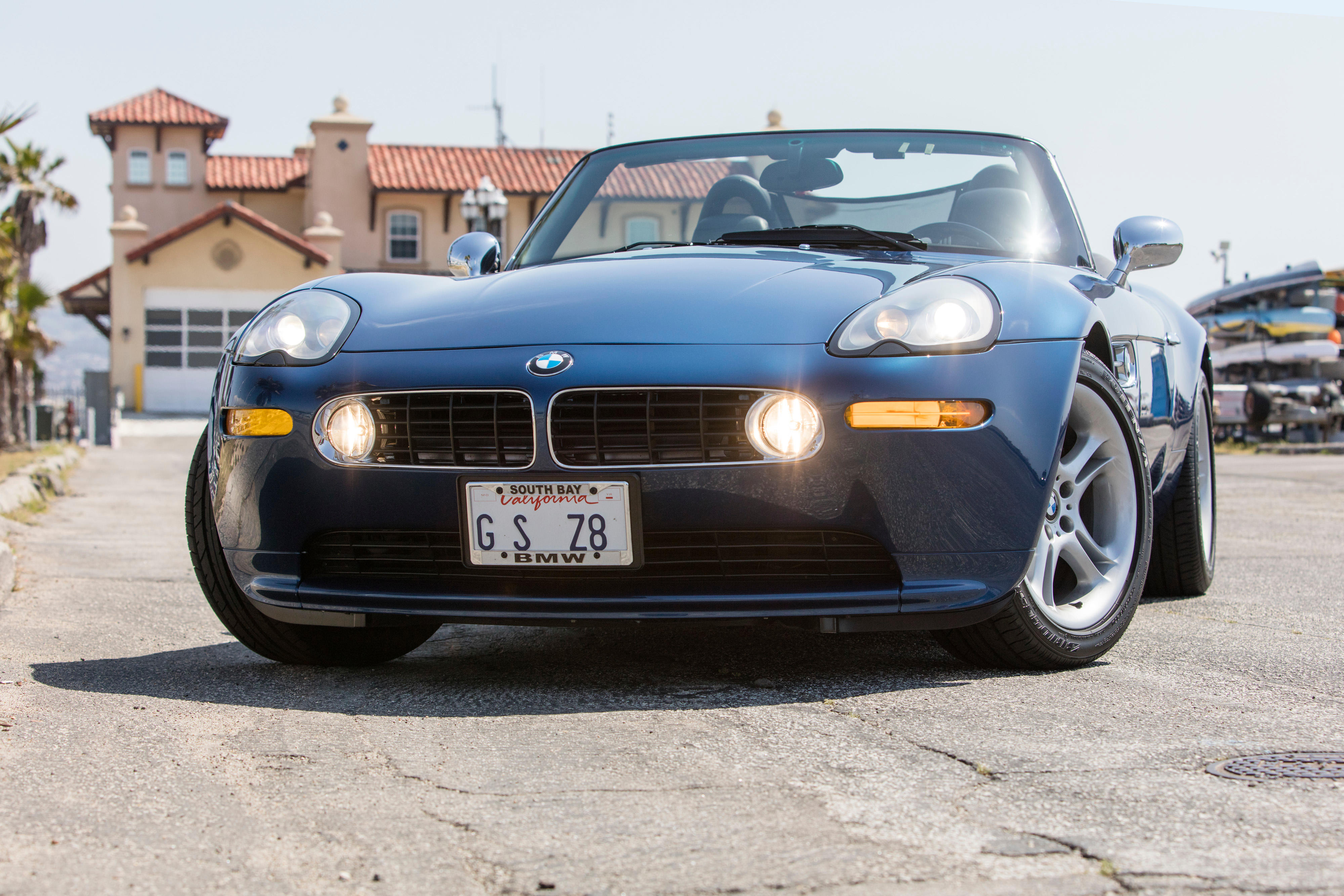
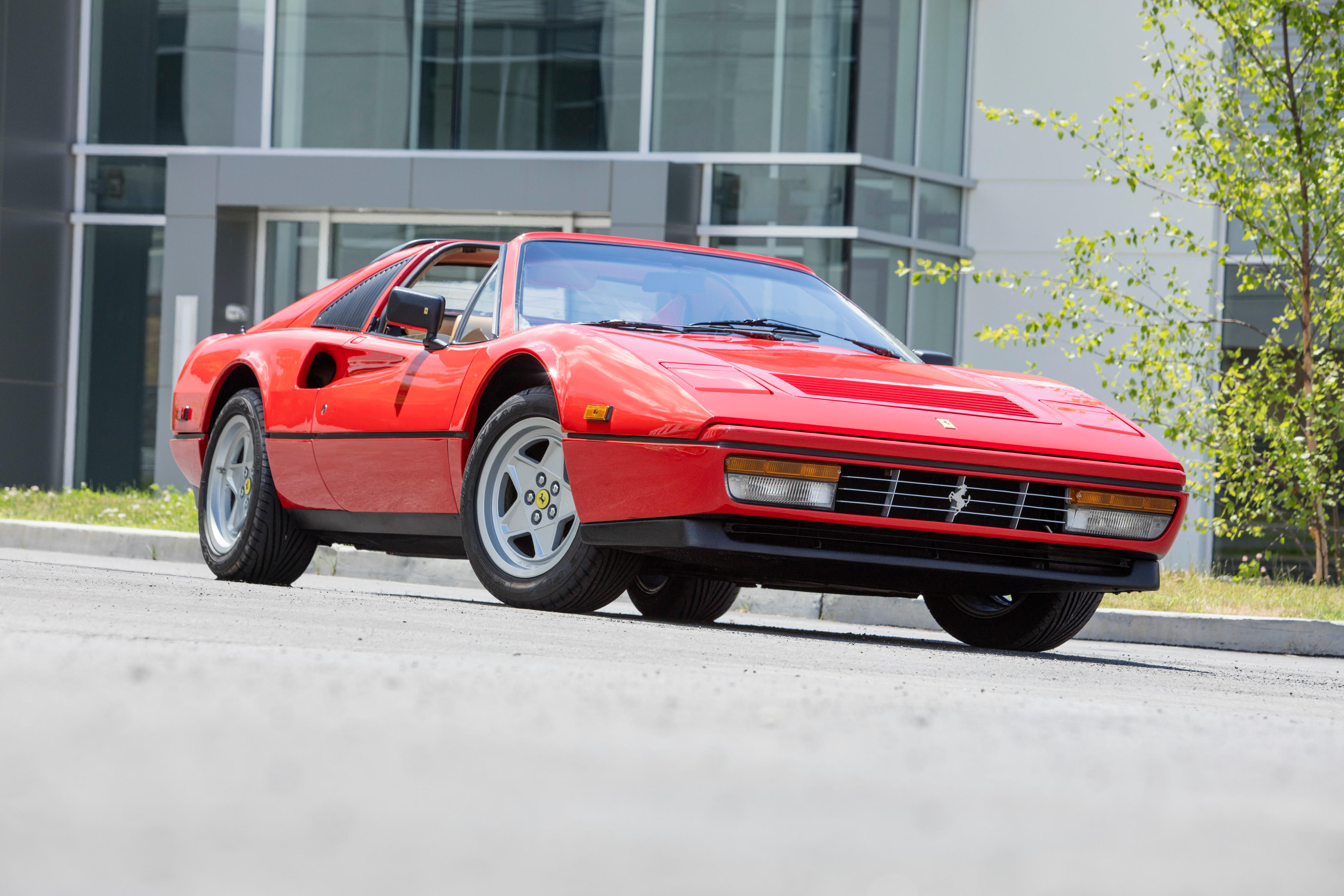
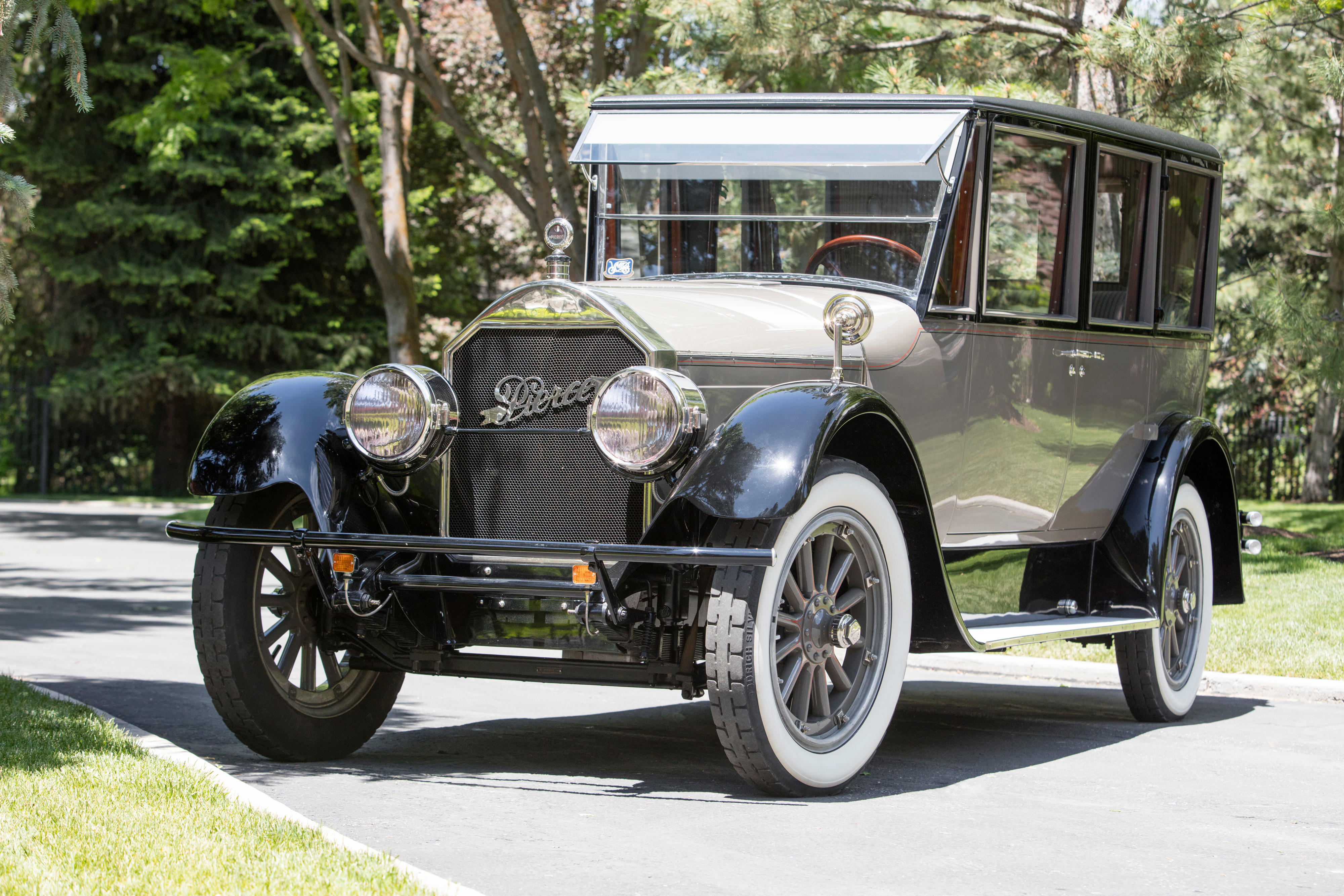
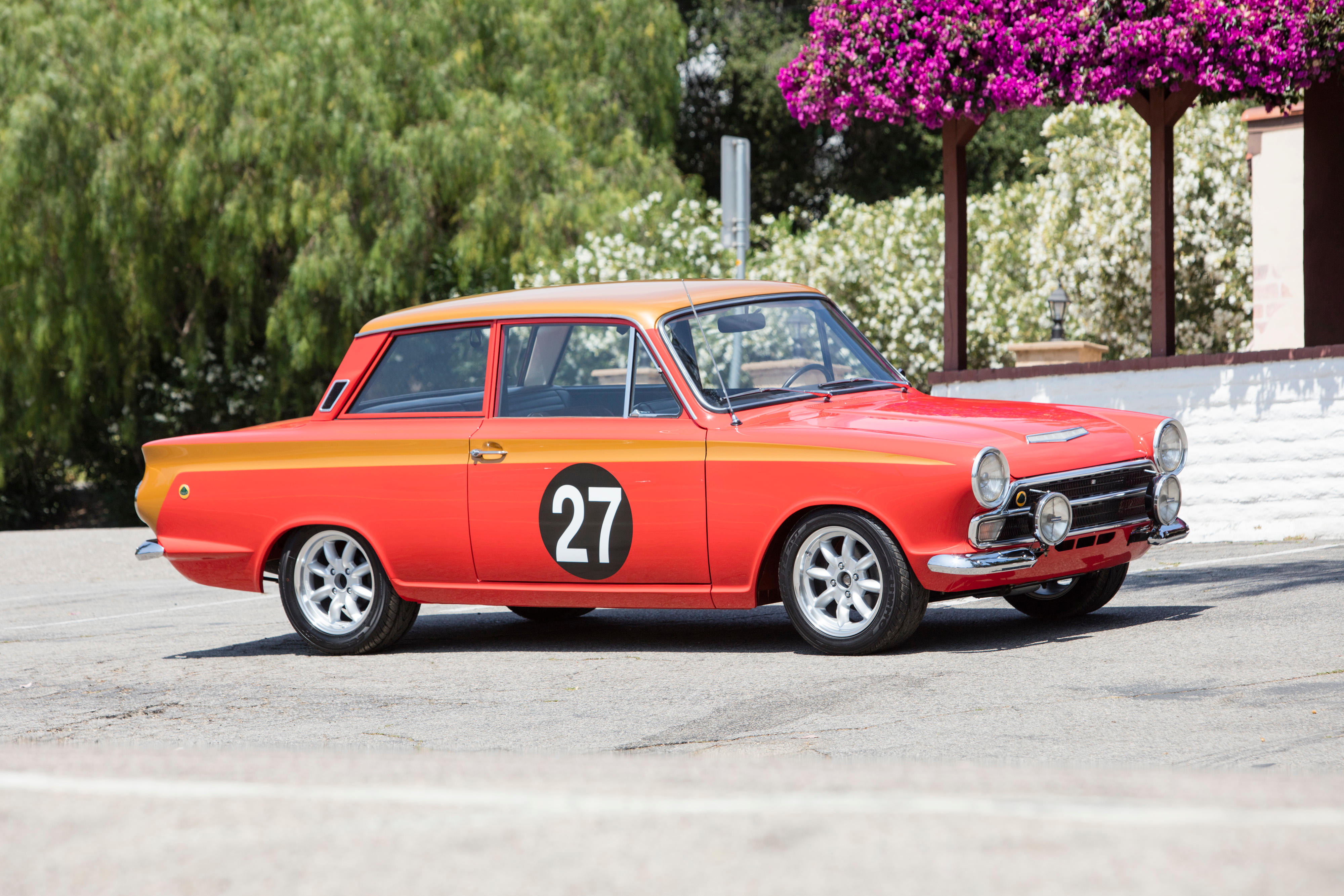
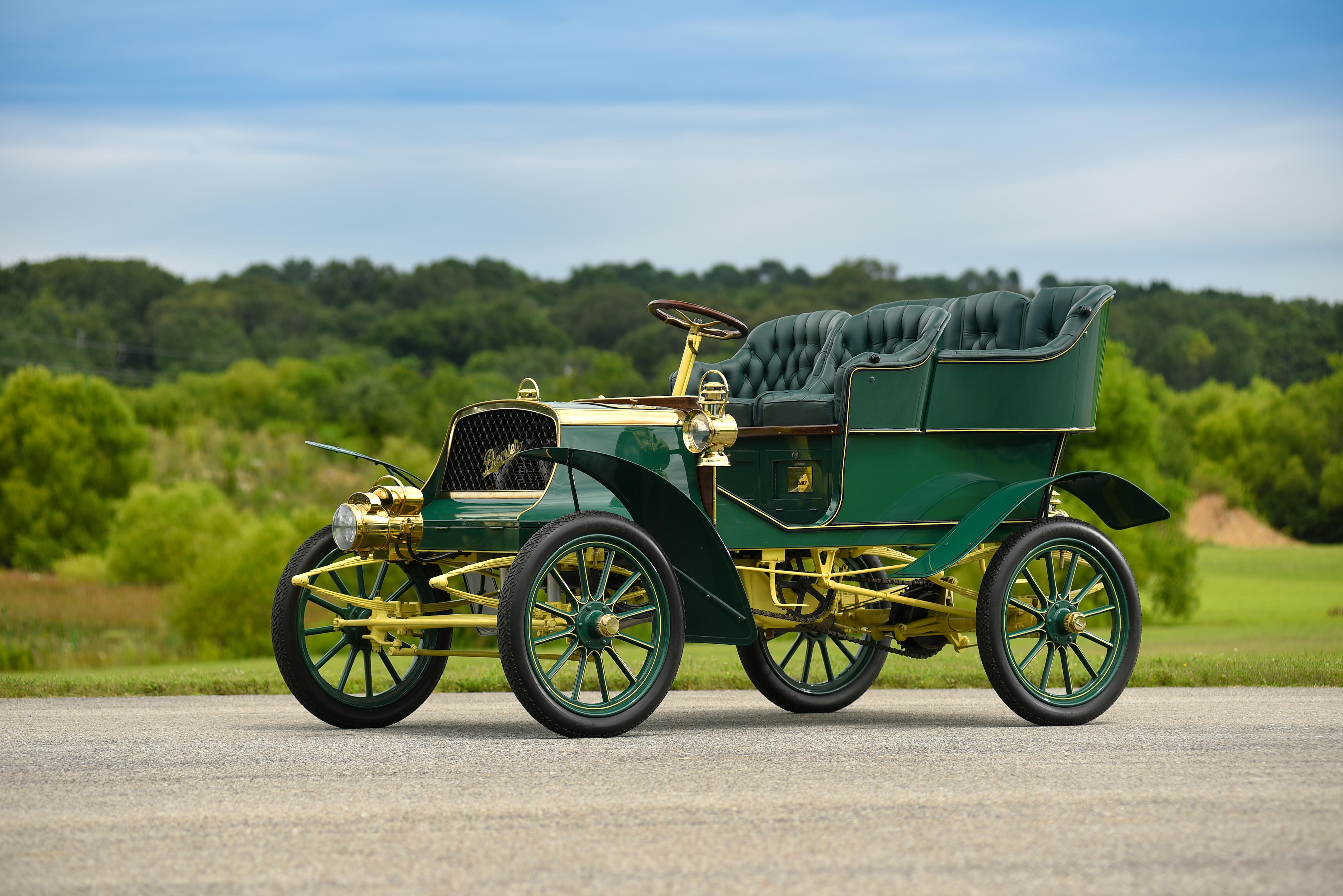
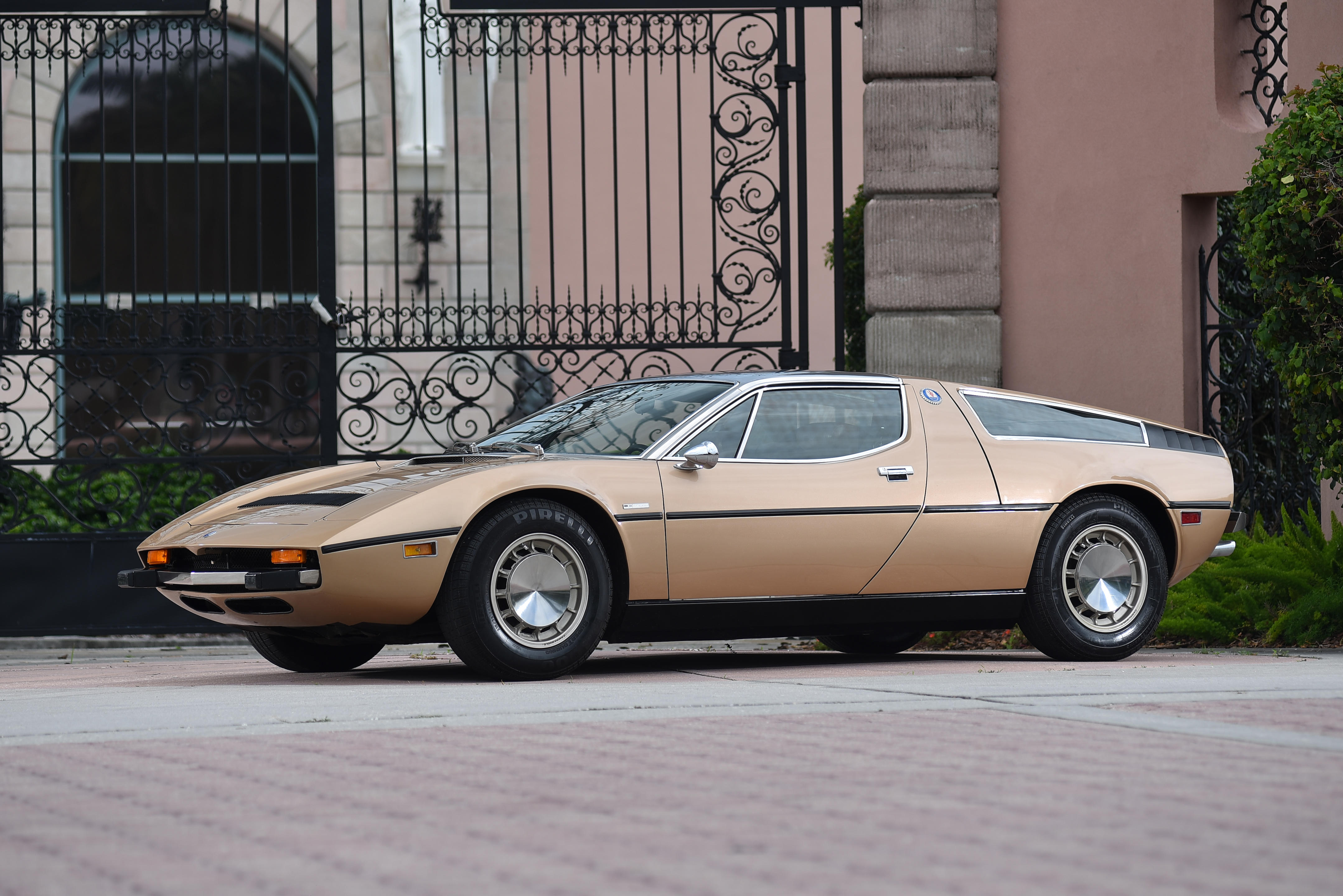
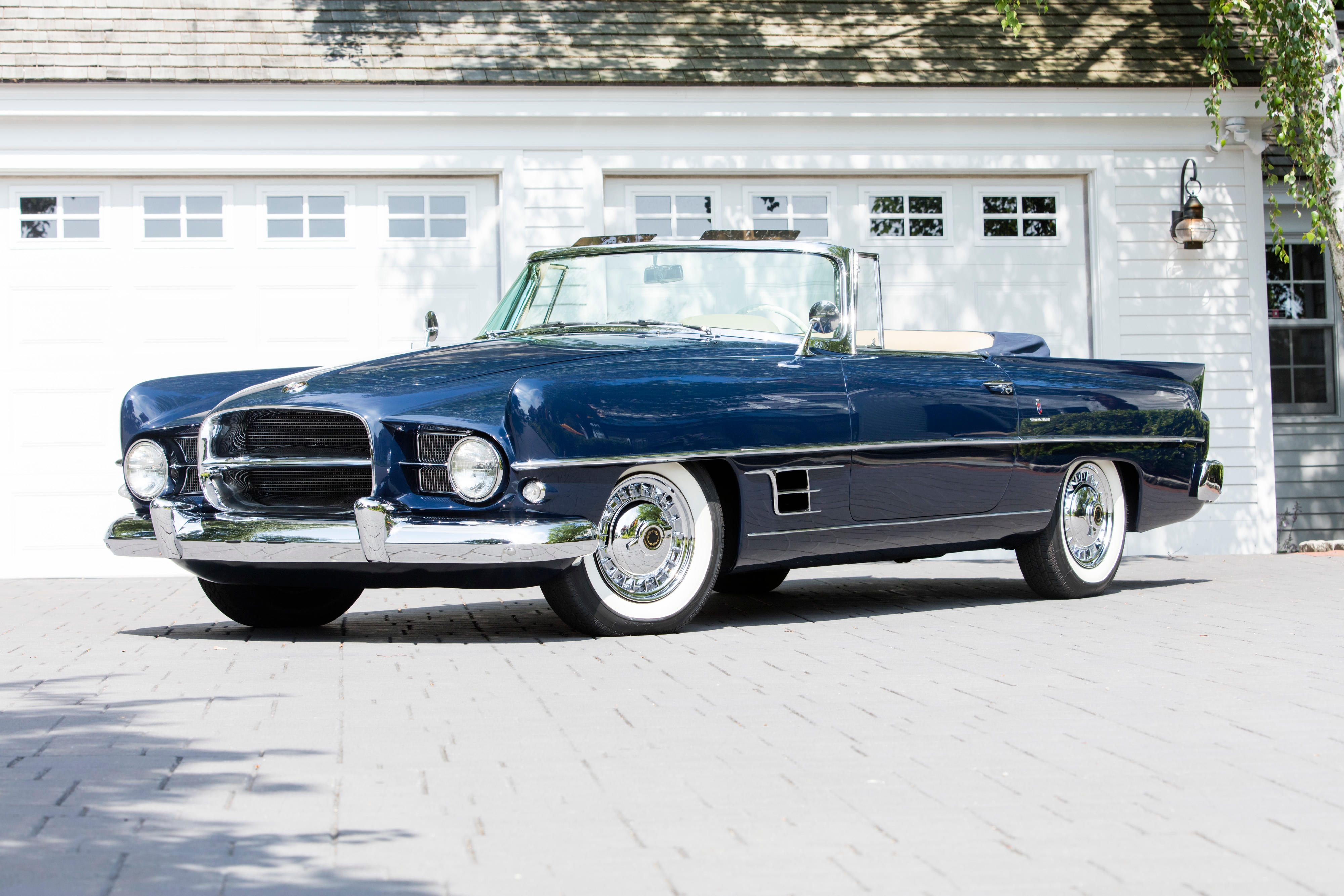
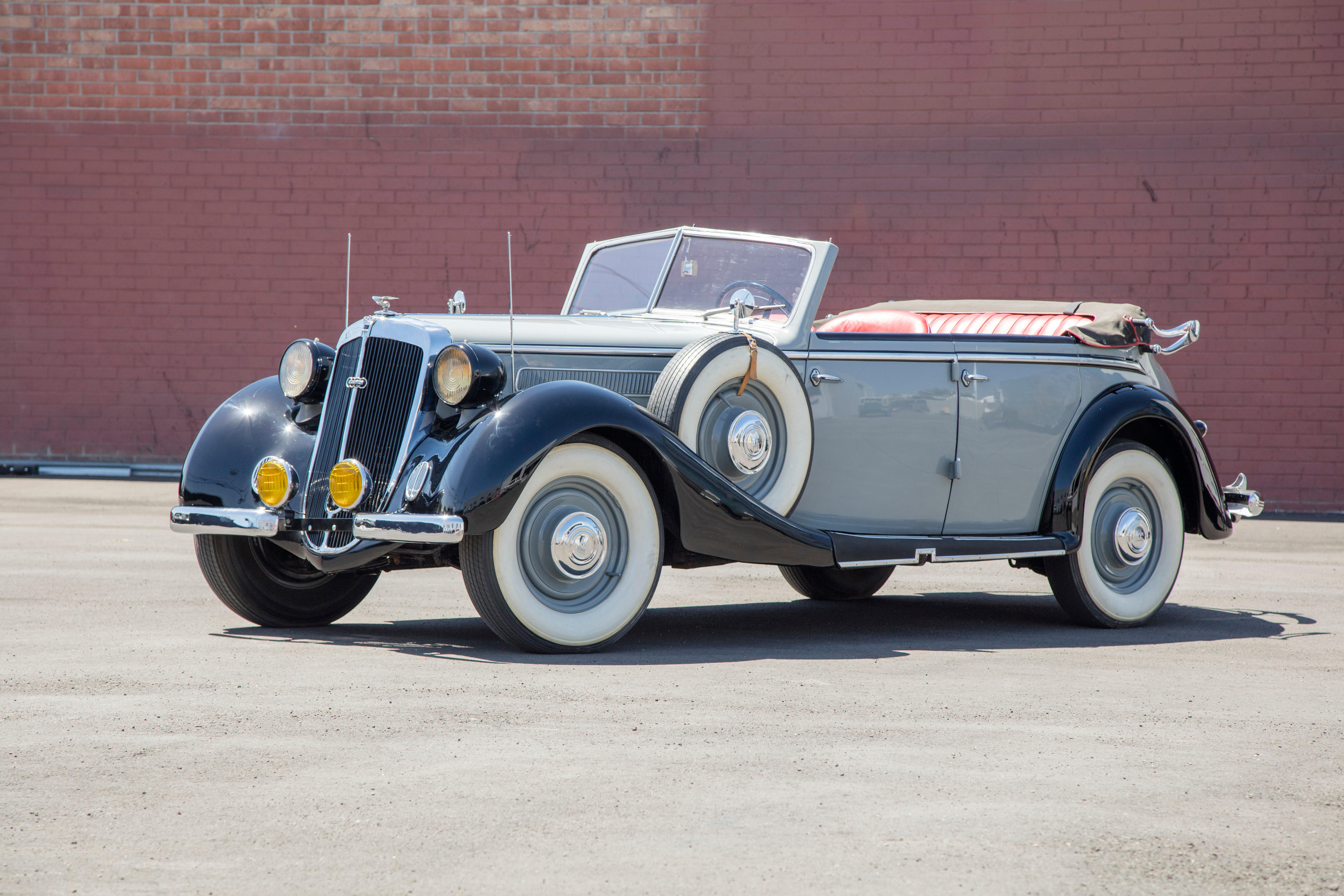
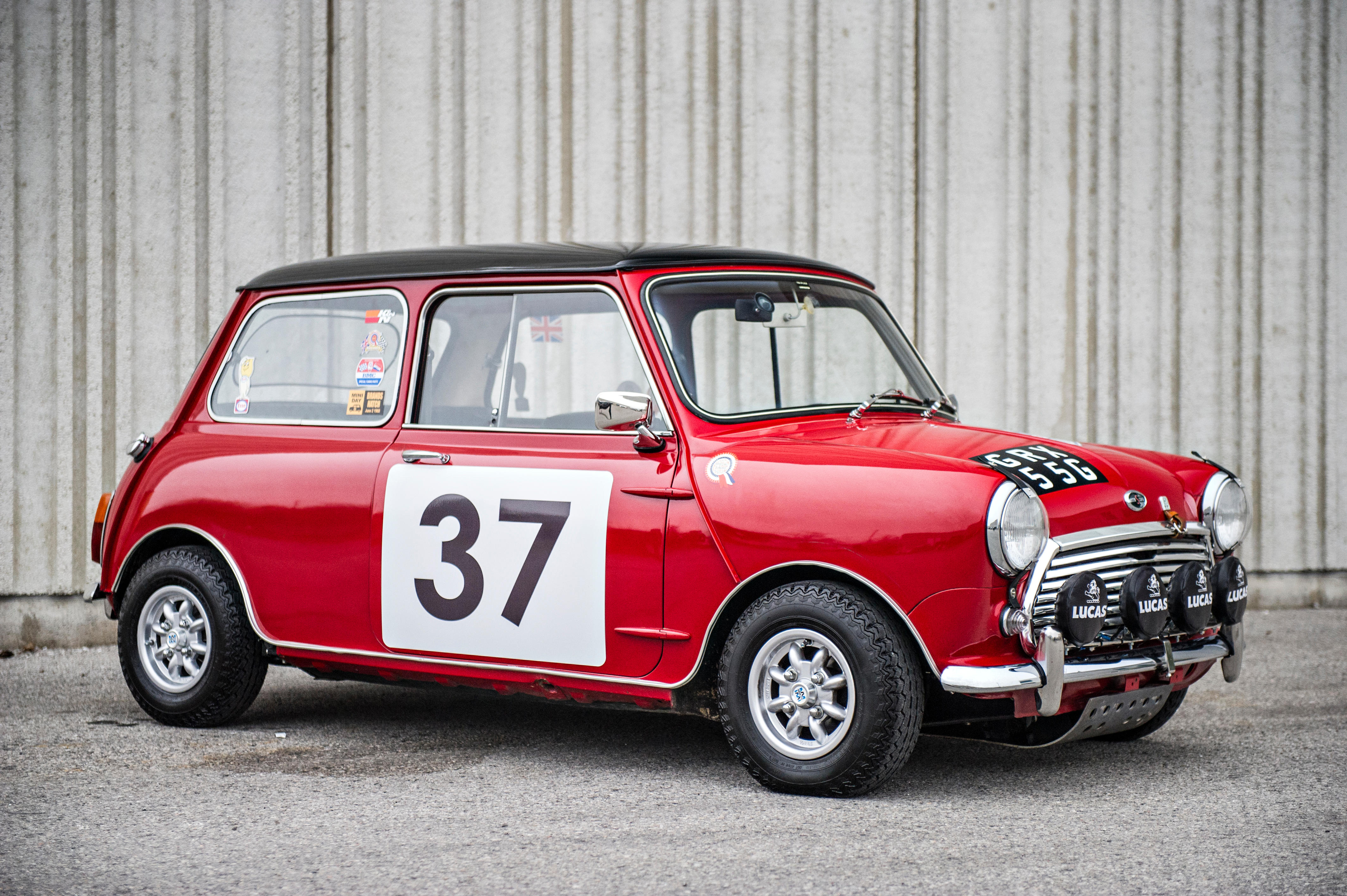
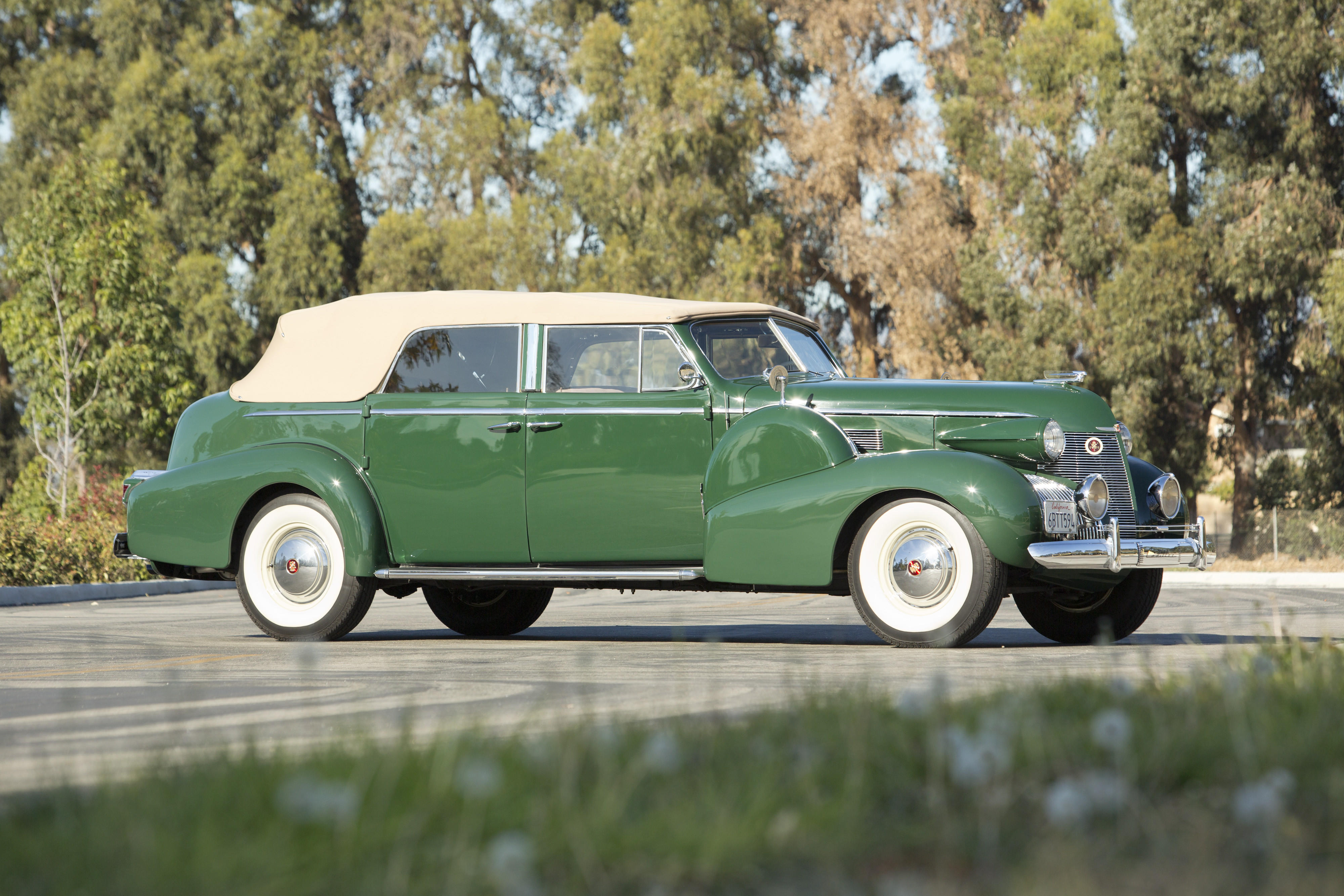
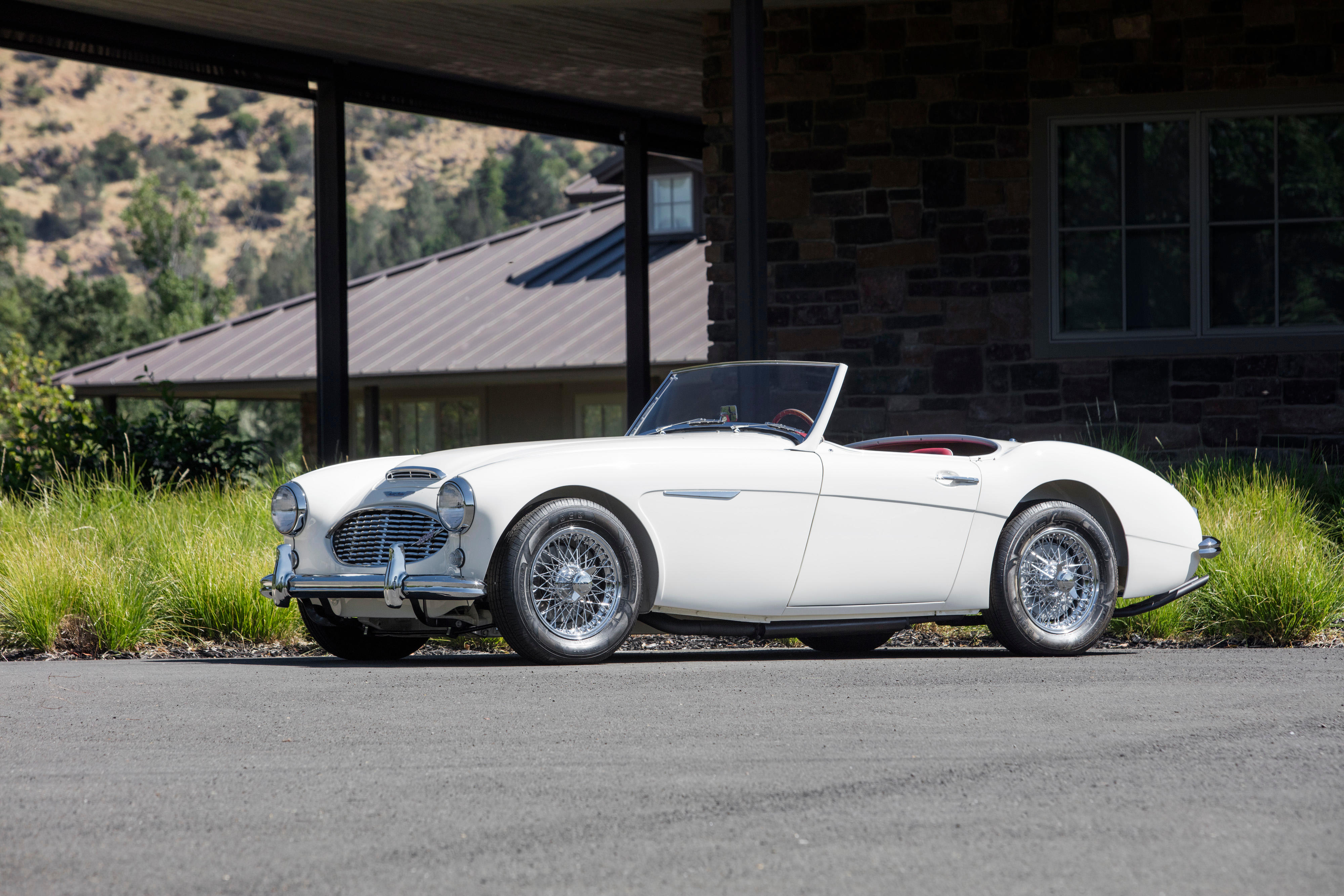
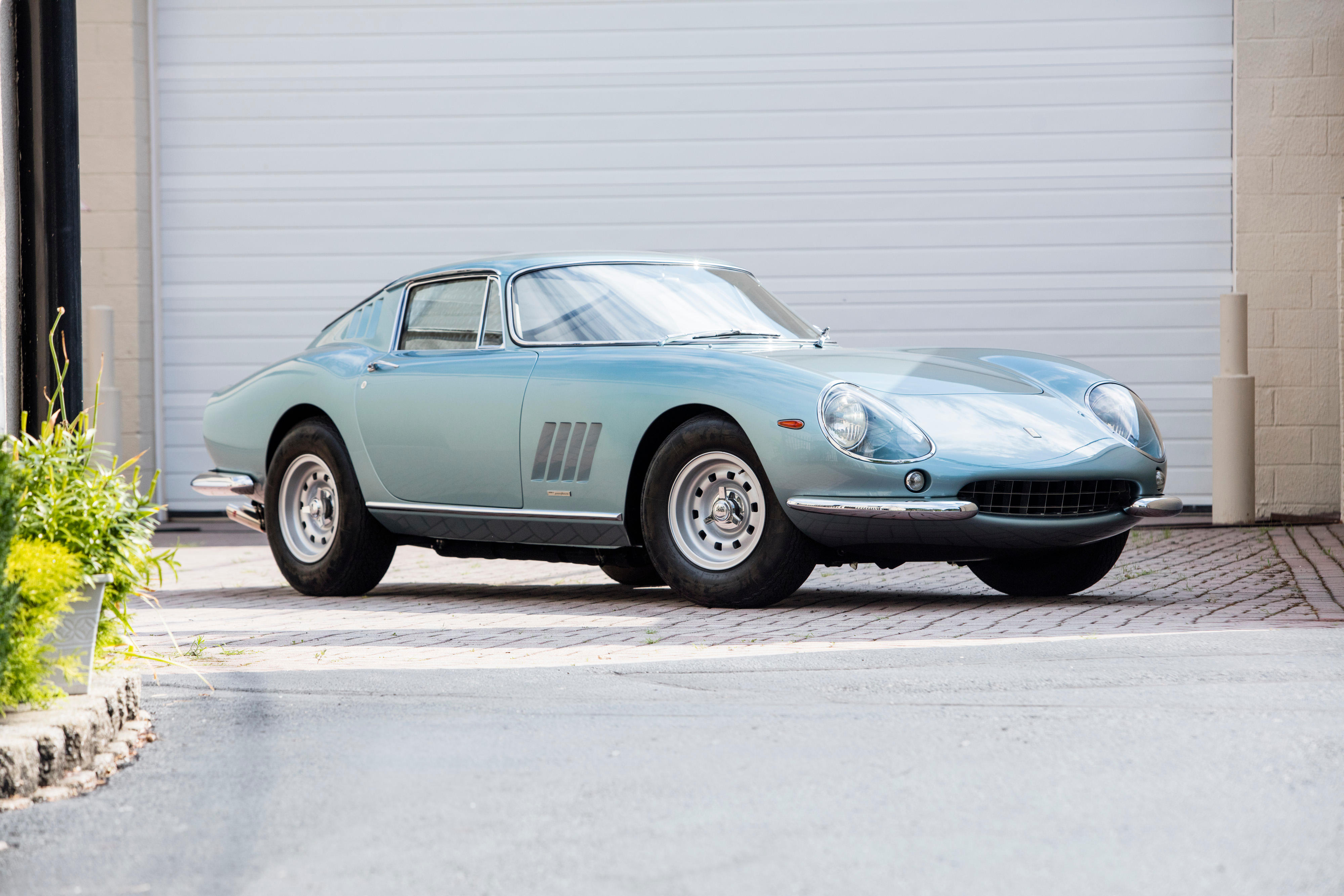
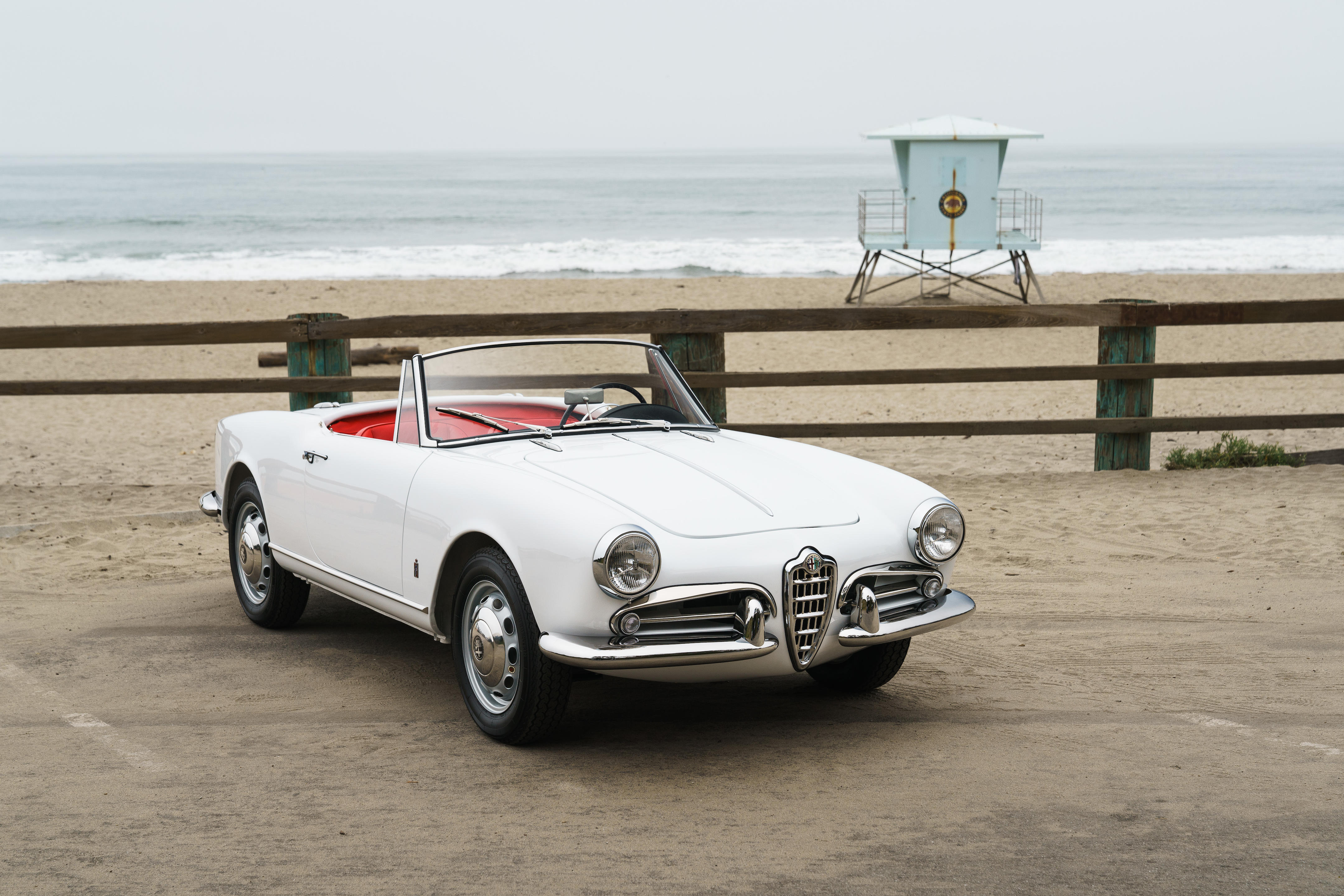
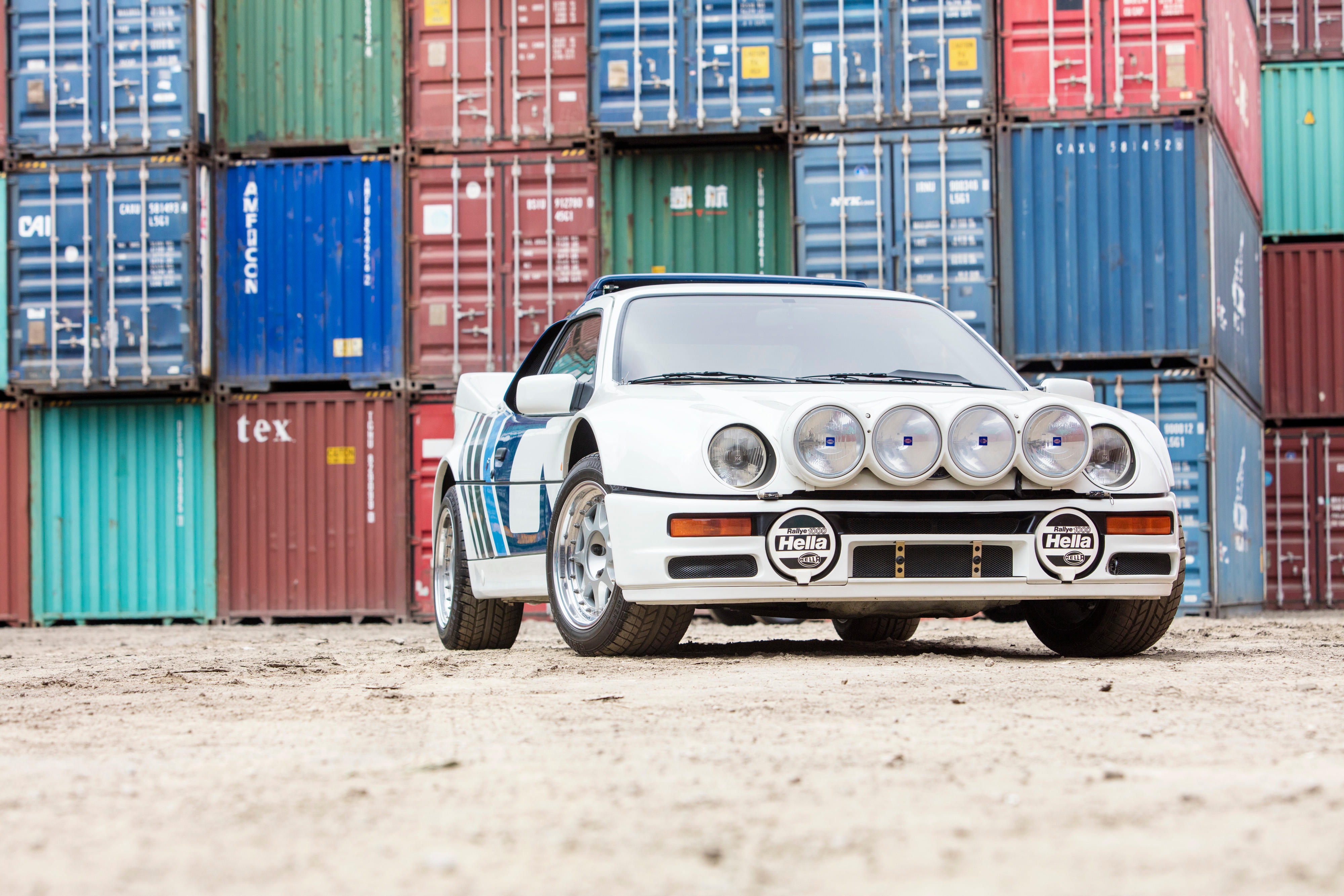
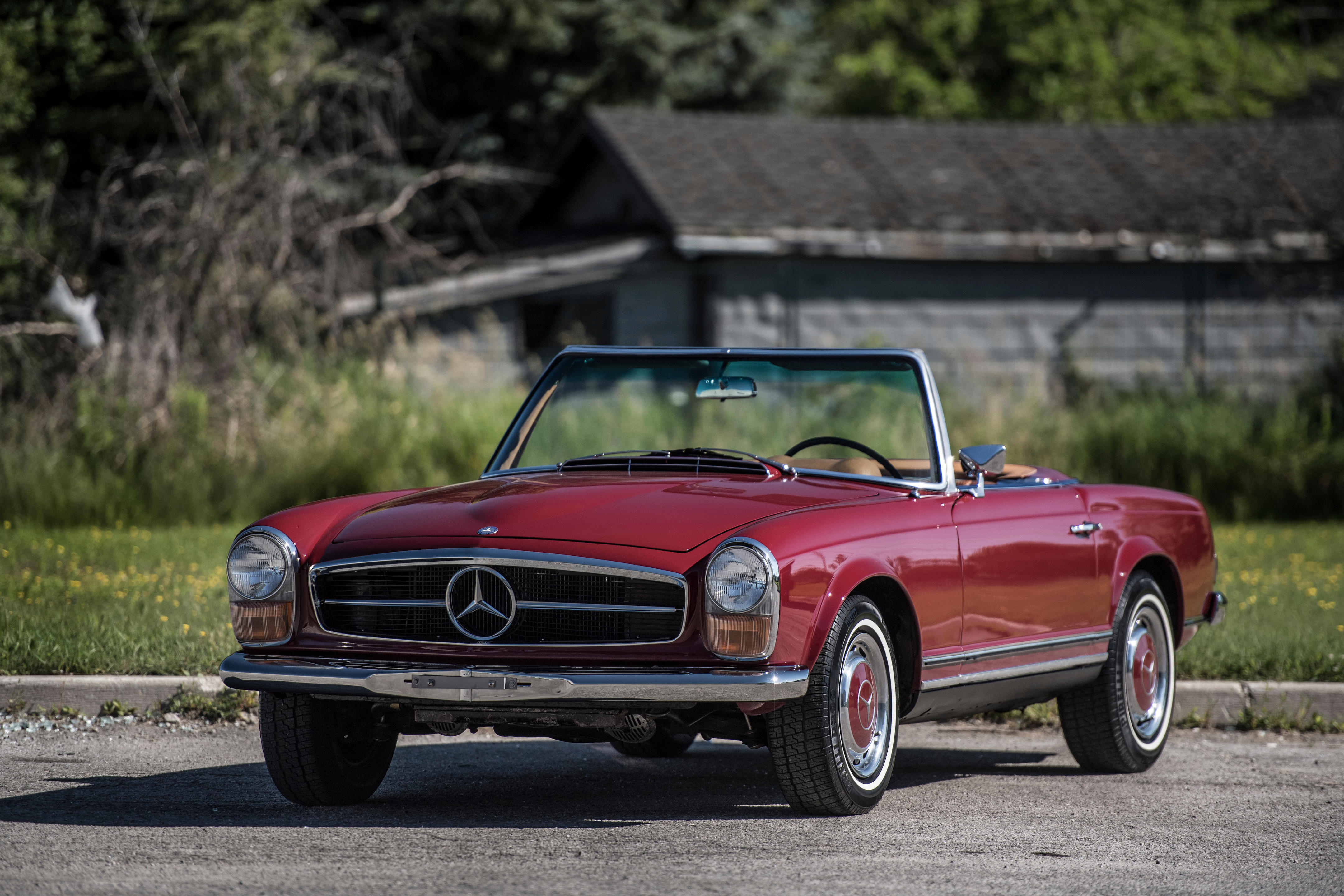
Testen Sie LotSearch und seine Premium-Features 7 Tage - ohne Kosten!
Lassen Sie sich automatisch über neue Objekte in kommenden Auktionen benachrichtigen.
Suchauftrag anlegen